How to prevent and treat spots? By a former acne sufferer
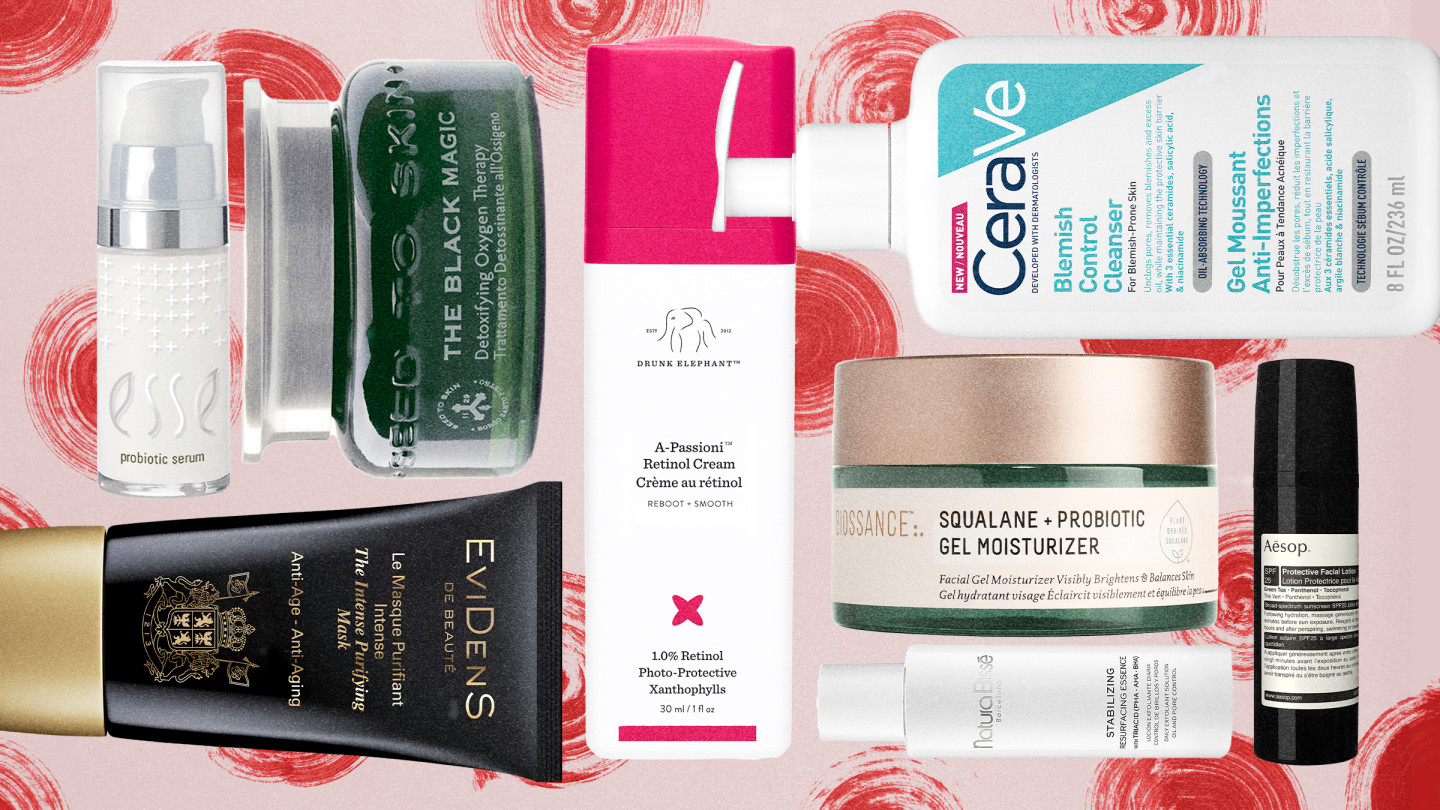
Roula Khalaf, Editor of the FT, selects her favourite stories in this weekly newsletter.
I battled adult acne in my early 20s, and my obsession with skin-health products, treatments and new innovations led to a life-changing career shift: from finance to skincare. But even after years of study, research and hands-on practice, I still groan inwardly every time I see a spot.
Breakouts develop when the body’s rise in androgen (aka “sex” hormones, like testosterone) triggers an overproduction of sebum (the skin’s natural lubricant), which plugs hair follicles and leads to colonisation of the pores by a bacteria known as Propionibacterium acnes (P. acnes). The resulting inflamed brew can manifest in several ways: trapped under the skin, devoid of oxygen, it becomes a whitehead or tender-to-touch cyst. When combined with bacterial cells, it becomes a pustule (pimple). When exposed in an open pore, it oxidises to become a blackhead.
Through my personal adult-acne battle and experience, I am acutely aware of the effect severe breakouts can cause, not just from physical scarring, but also the psychological impact and treatment costs. According to a report by the British Journal of Dermatology, Acne is estimated to affect 9·4 per cent of the global population, making it the eighth most prevalent disease worldwide.
With spot management, remember, prevention is smarter than a knee-jerk cure. Acne is an eventual “effect” — not the cause. Here are my tips to minimise breakouts and scarring.
Cleanse with salicylic-acid-based products
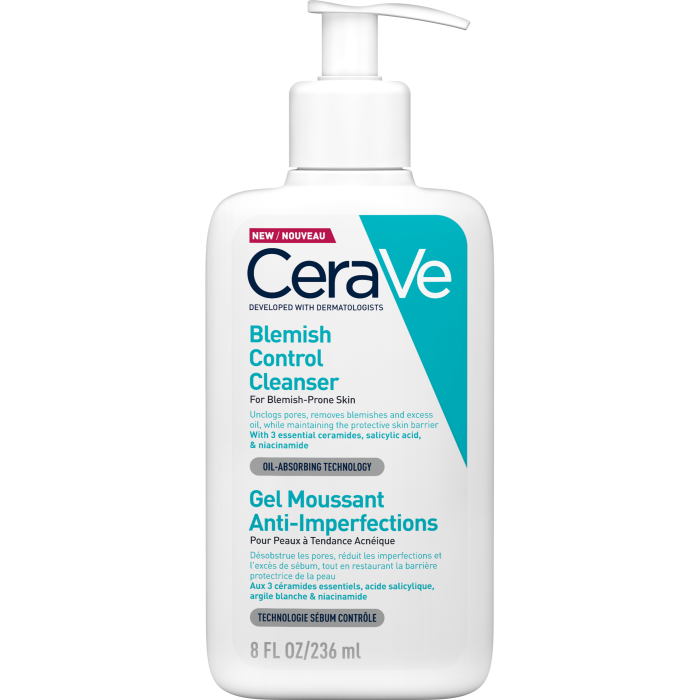
CeraVe Blemish Control Face Cleanser with 2% Salicylic Acid & Niacinamide, £13 for 236ml
Though breakouts aren’t solely an oily-skin issue, managing skin’s excessive sebum production and exfoliating away dead skin is the first step to minimise breakouts. A twice-daily wash with a salicylic-acid-based cleanser like CeraVe’s Blemish Control Face Cleanser with 2% Salicylic Acid & Niacinamide will penetrate pores to help eliminate the cause of spots and blemishes, while respecting the skin’s natural barrier. Oil-soluble salicylic acid is a beta hydroxy acid (BHA) that works deeper than the water-soluble AHAs. BHA penetrates the lipid layers of the skin to reach blocked pores and purge oil and congestion. For a one-two punch to amplify the BHA results, layer on niacinamide (Vitamin B3) — it will help combat redness and post-inflammatory hyperpigmentation, and minimise lasting damage.
Gently exfoliate and help resurface skin
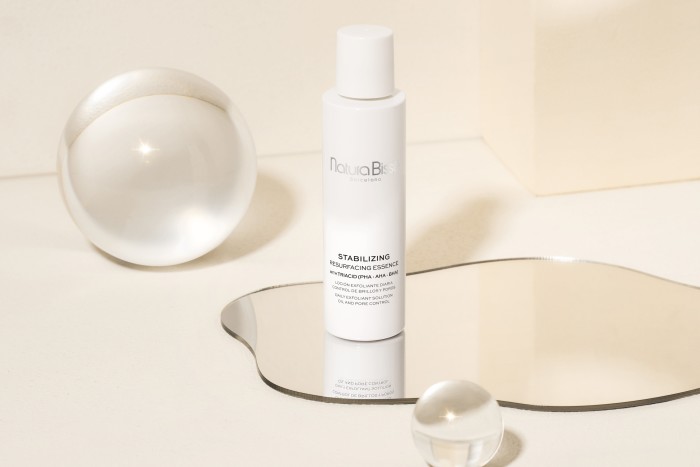
Oil isn’t the sole villain in the breakouts saga; another key player is “keratinised” dead skin. Excess keratin (tough fibrous protein) can block hair follicles or pores, forming small, hard plugs. This is how most acne begins. An exfoliating cocktail of AHA, BHA and PHA (polyhydroxy acids) like Natura Bissé’s Stabilizing Resurfacing Essence soaked on a cotton pad, post-cleanse, and applied to affected areas will dissolve the intracellular “glue” that holds skin cells together. This will gently resurface, regulate oil and enhance the efficacy of products that follow.
Use targeted clay treatment masks once or twice a week
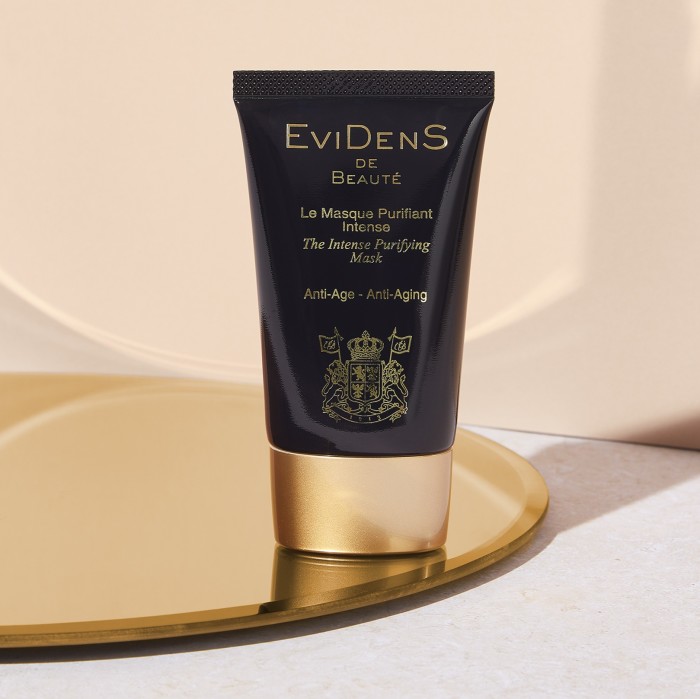
Activated charcoal and volcanic clay-rich masks like Seed to Skin’s Black Magic (€97.54 for 50ml) neutralise environmental toxins and sebum to disinfect and balance sebum, and stop the bacteria and oil from proliferating. Franco-Japanese brand EviDenS de Beauté’s The Intense Purifying Mask is a mix of Japanese Kaga clay and French red clay boosted with papain enzymes and protease from bacillus ferment. Enzymes are nature’s “Pac-Man” chewing up pellets of keratin (dead skin).
Nurture the skin’s microbiome with a topical probiotic
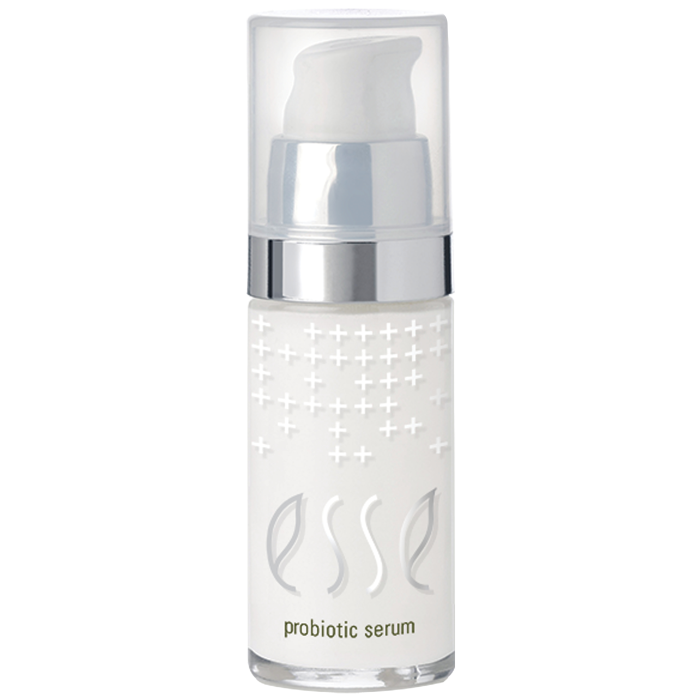
Esse Probiotic Serum, £105.50 for 30ml
The skin’s natural microbiome is made up of good and bad bacteria. The same way unbalanced bacteria may damage our intestinal lining and cause indigestion and bloating, an unbalanced skin microbiome is linked to breakouts. Enter probiotics — live organisms that regulate digestion, fight potential pathogens or environmental invaders, and even strengthen the immune system. A topical probiotic like Esse’s Probiotic Serum contains on billion probiotic Lactobacillus CFU per ml, which helps nurture the skin’s natural microbial diversity and strengthen barrier function.
Apply an oil-free day cream to lock in serum hydration
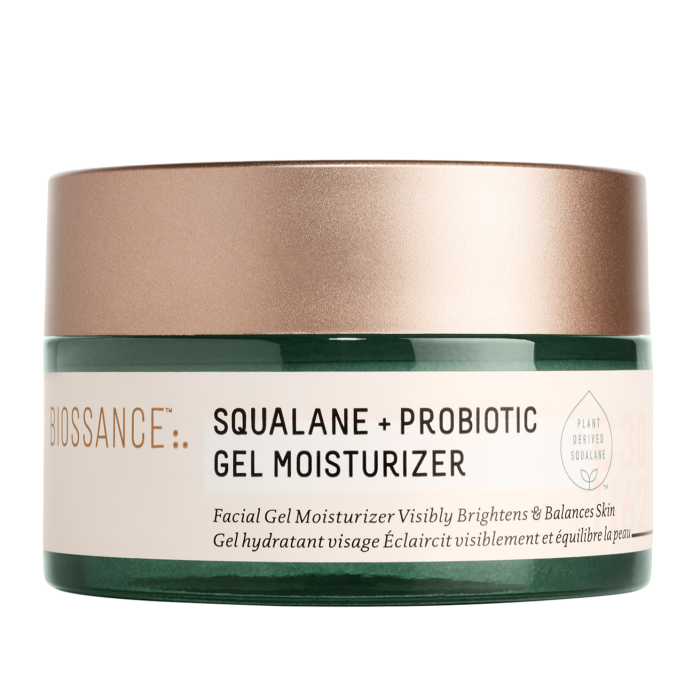
Biossance Squalane and Probiotic Gel Moisturiser, £42 for 50ml
Biossance’s Squalane and Probiotic Gel Moisturiser with its complexion-calming weightless texture and restorative probiotics blend does the job brilliantly.
Protect against the sun
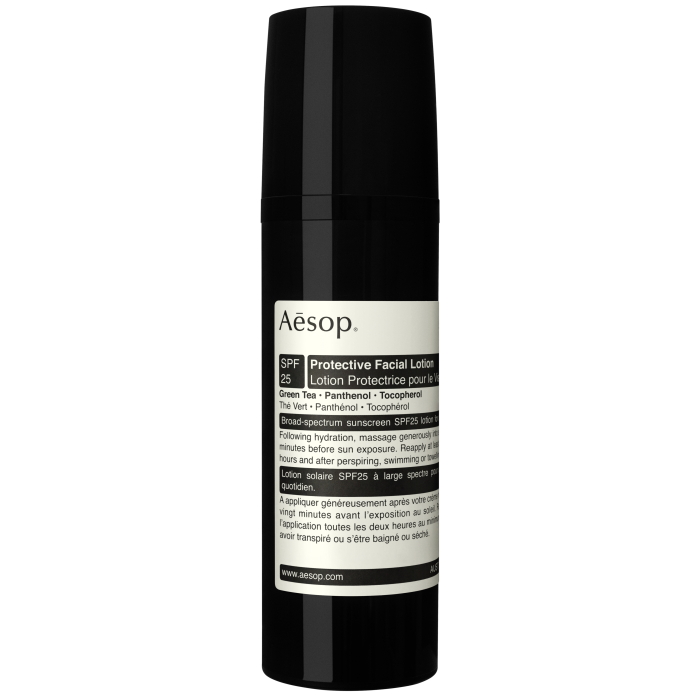
Aesop Protective Facial Lotion SPF25, £45 for 50ml
Infrared heat from the sun can irritate and flare up acne, while the sun’s UVA rays encourage melanin production, darkening any PIH caused by acne scarring. It’s crucial to use a non-comedogenic sunscreen; half a teaspoon-worth on the face and neck of Aesop’s Protective Facial Lotion SPF25. Re-apply every couple of hours when exposed to the sun.
Consider retinoids
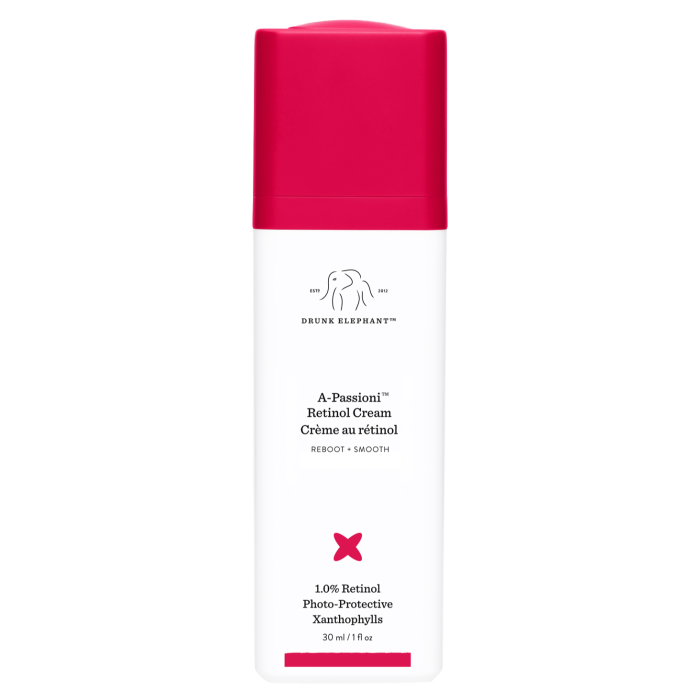
Drunk Elephant A-Passioni Retinol Cream, £65 for 30ml
Breakouts are highly personal, so there isn’t a practical, one-size-fits-all solution. So, if OTC (over the counter) skincare and treatments aren’t having the desired effect, consult a dermatologist for a prescriptive retinoid. Topical retinoids work to reduce excess oil on the face and help unblock pores. One example is adapalene gel (Differin 0.1%). Isotretinoin, or Accutane, is a drug that treats severe acne, prescribed over four-five months, although treatment durations can vary from person to person.
For those wanting to avoid the use of prescriptive acne drugs, or if the skin isn’t ready for it, try Drunk Elephant’s A-Passioni Retinol Cream with a potent dose of 1% vegan retinol to reboot the skin’s recovery and repair journey.
Heal scarring
OTC and prescriptive interventions will only stop new blemish formation, but won’t help heal scarring. In-clinic minimally invasive treatments like Potenza, offered at 111 Harley St (a course of five starts from £2,300) is an FDA-approved radiofrequency (RF) microneedling treatment for face and body that drives monopolar and bipolar RF at 1MHz or 2MHz through ultrafine needles to puncture the top layer of skin. The resulting micro-injury triggers the body’s wound-healing response: collagen and elastin replenishment. With as little as one to two days’ downtime a series of treatments spaced four weeks apart can help reduce acne inflammation, as well as tightening and lifting skin.
For at-home maintenance, in my experience a few sessions with Qure’s LED Light Therapy Mask ($329) helps to harness the P. acnes bacteria — neutralising wavelengths to reduce breakouts. Qure’s accompanying iPhone/Android mobile app lets you customise the treatment plan. Home LED treatments take you longer to get from A to B than in-clinic LED panels and since the treatment programme switches off after a three-min cycle, my suggestion would be to do a few reps of the programme on each session to maximise results.

Comments